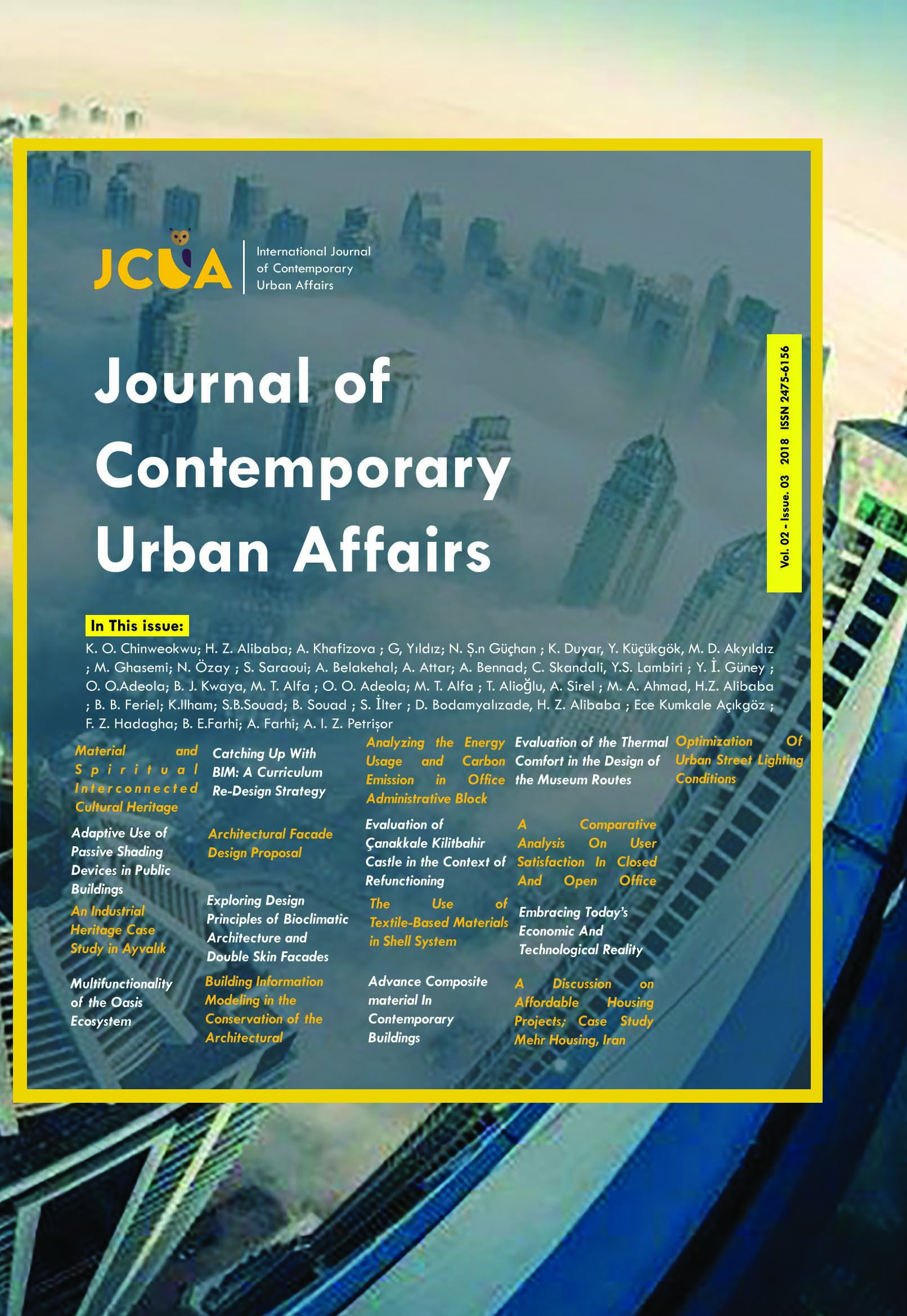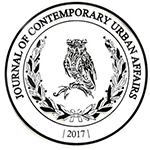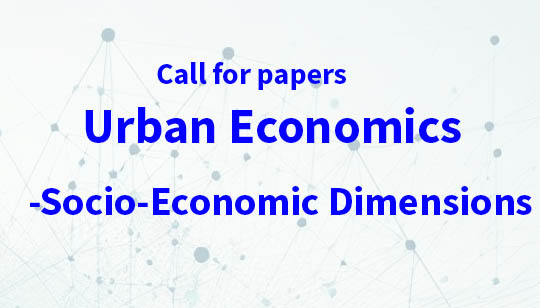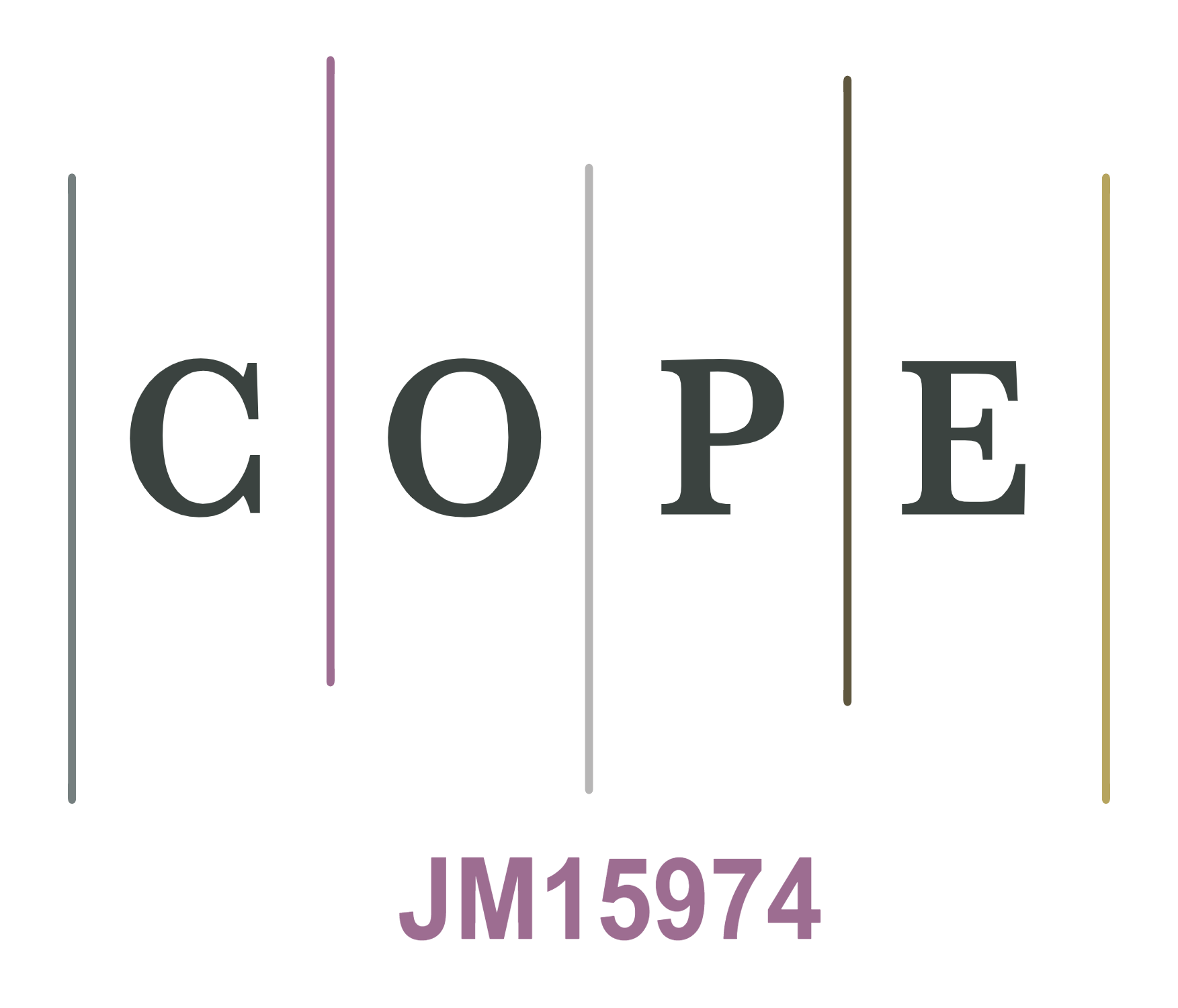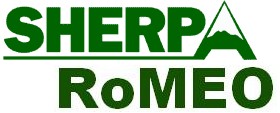Embracing Today’s Economic And Technological Reality What It Means For Design Professionals
DOI:
https://doi.org/10.25034/ijcua.2018.4725Keywords:
Advanced technologies, industry 4.0, design profession, design educationAbstract
History has shown that technological advancements alter the way we produce, exchange, protect, consume and save all kinds of goods. The First Industrial Revolution, for example, has been named as such since it indeed revolutionized everything related to daily living including art, culture, economy and politics. History has also shown that most cultural actors are reluctant to embrace advanced technology at first as they might see it as taking away something at the core of humanity. Arts and Crafts movement, for example, grew out of a concern for the effects of industrialization on design, on traditional skills and on the lives of ordinary people.
Today, economists, scientists and policymakers in developing countries are talking about the coming of the fourth industrial revolution and the Second Machine Age, that not only will redefine the way humans live their daily life but also the very definition of human beings. The aim of this study is to discuss the effects of these changes on theoretical and practical issues related to design professionals and education, including advanced technologies available and social and cultural implications of their use. The paper will argue that today’s economic and technological reality will alter the design profession from its education to its implementation.
Downloads
References
Guney, Y. (2017). Advanced Technology and Architecture: A Critical Analysis. In Proceedings of IATS 17, 8th International Advanced Technologies Symposium (19-22 October, 2017, Fırat University, Elazıg, Turkey)
İnce Güney, Y., Lerner, I. (2012) ‘Technology and Architectural Education: A Conceptual Framework.’ In Proceedings of ICONARCH – I Architecture and Technology International Congress, (15-17 November, Konya, Turkey) p.169-178.
Gelernter, M. (1995). Sources of Architectural Form. Manchester, Manchester University Press.
Kostof, S. (1977). The Architect: Chapters in the History of Profession. Oxford, Oxford University Press.
Kruft, H. W. (1994). A History of Architectural Theory From Vitruvius to the Present. New York, Princeton Architectural Press.
McDonald, L. (ed). (2006). Digital Heritage: Applying Digital İmaging to Cultural Heritage, Oxford, Elsevier. Literary and Linguistic Computing 23(2):244-246 https://doi.org/10.1093/llc/fqn002
Trachtenberg, M.,& Hyman, I. (1986). Architecture From Prehistory to Post Modernism. New Jersey, Prentice Hall Inc. https://doi.org/10.2307/990260
Rifkin, J. (2014). The Zero Marginal Cost Society: The Internet of Things, The Collaborative Commons and the Eclipse of Capitalism. New York, St. Martin’s.
Rifkin, J. (2008). The Third Industrial Revolution. New York, St. Martin’s.
Brynjolfsson, E., McAfee, A. (2013). The Second Machine Age: Work Progress and Prosperity in a Time of Brilliant Technologies. New York, W.W. Norton and Company. https://doi.org/ 10.1080/14697688.2014.946440
The Inhabitat. (2017). Amsterdam’s new 3D-printed steel bridge is revolutionizing the building industry.
The PassivDom. (2017). Autonomous Off-the-grid 3D-printed Smart House. Retrieved from http://passivdom.com/en/
Published
How to Cite
Issue
Section
License
Copyright (c) 2018 Journal of Contemporary Urban Affairs - This work is licensed under a Creative Commons Attribution - NonCommercial - NoDerivs 4.0. (CC BY NC ND)

This work is licensed under a Creative Commons Attribution 4.0 International License.
